Optimal Timing for Mouse Extermination
Determining the optimal time for mouse extermination involves understanding rodent behavior and seasonal patterns. Mice tend to seek shelter indoors during colder months, making late fall and winter prime times for infestations. Conversely, early spring and summer can also see increased activity as mice search for food and nesting sites. Timing interventions correctly can improve effectiveness and reduce the likelihood of recurring problems.
Mice are most active during fall and winter when they seek warmth and shelter indoors. Early spring and summer also see increased activity due to breeding and food availability.
Indicators include droppings, gnaw marks, and nesting materials. Noticing these signs early can help schedule timely extermination.
Sealing entry points and maintaining cleanliness can reduce the risk of infestation, especially before peak seasons.
Exterminations conducted during peak activity seasons tend to be more successful, as infestations are more established and easier to detect.
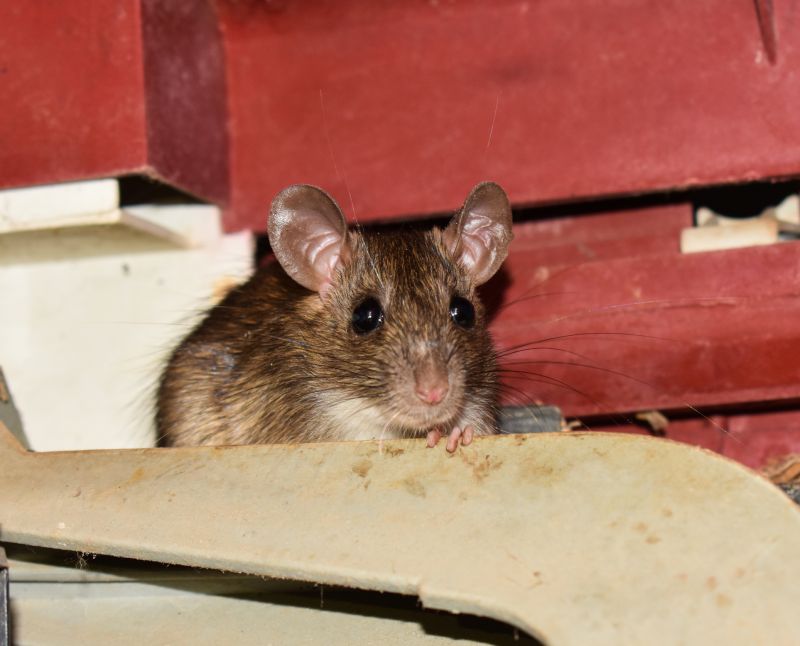
Droppings and gnaw marks are common indicators of an active infestation.
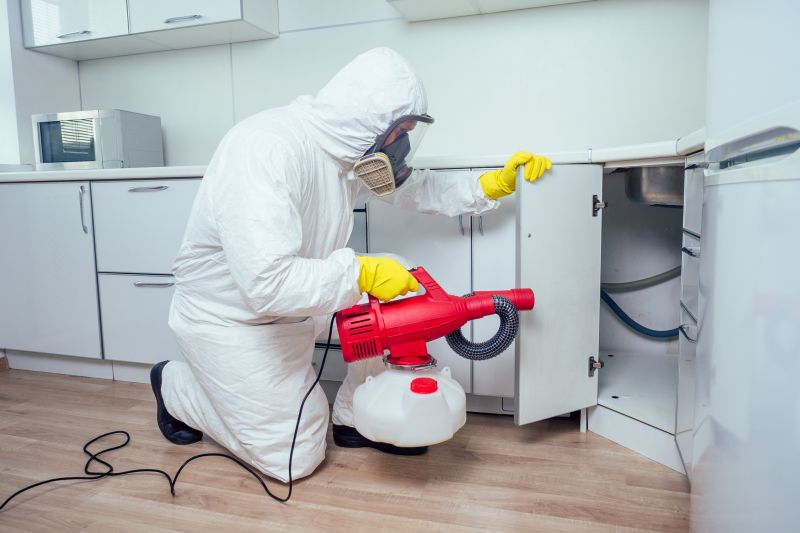
Proper sealing prevents mice from entering buildings during peak seasons.
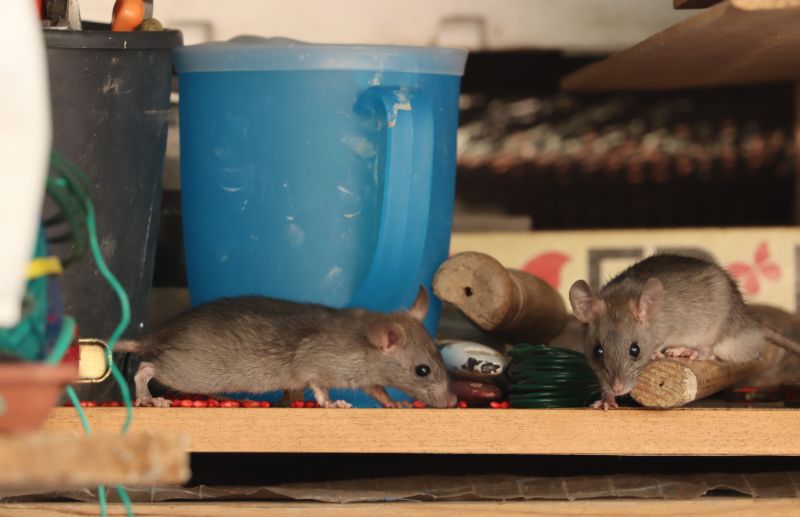
Increased indoor activity during colder months can signal the need for extermination.
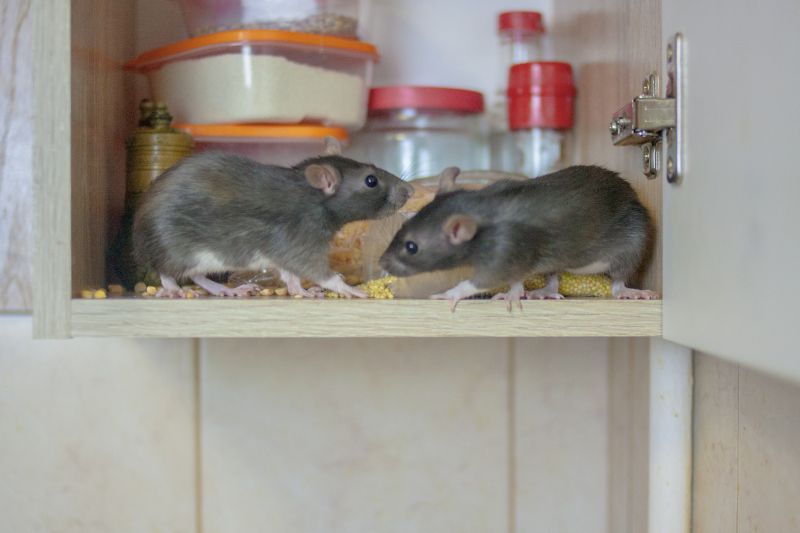
Ways to make Mouse Exterminations work in tight or awkward layouts.
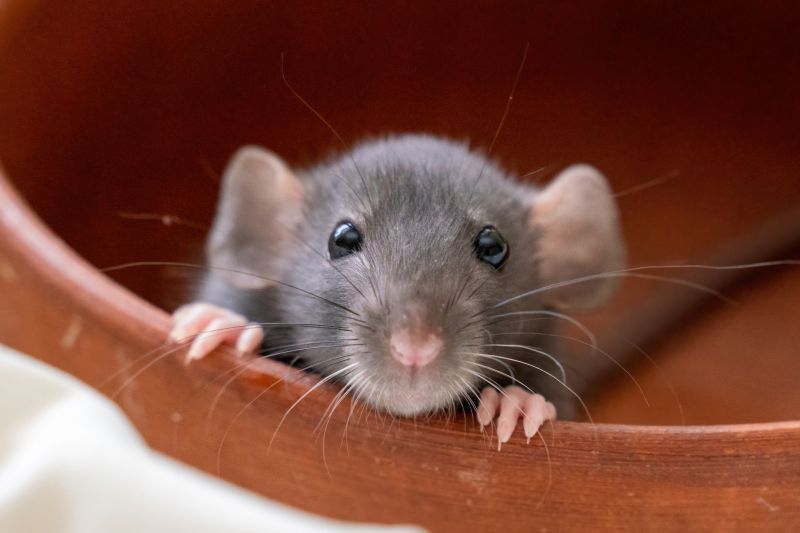
Popular materials for Mouse Exterminations and why they hold up over time.
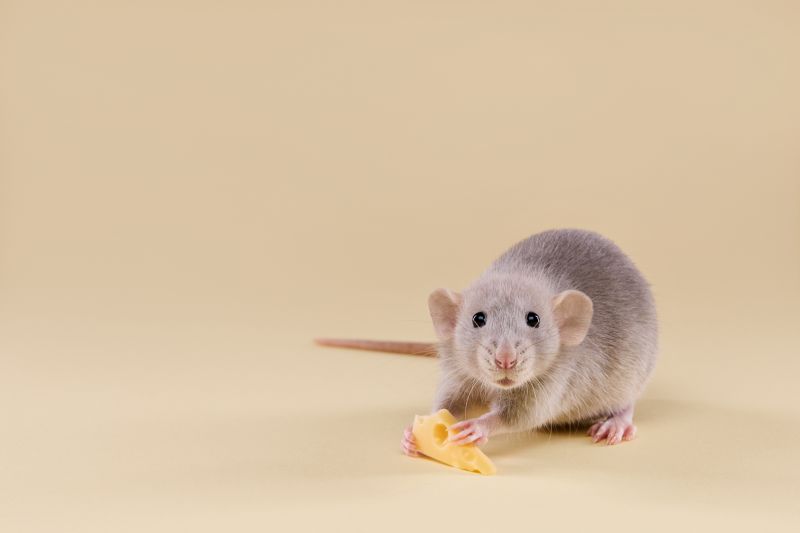
Simple add-ons that improve Mouse Exterminations without blowing the budget.
| Season | Mouse Activity Level |
|---|---|
| Fall | High |
| Winter | Very High |
| Spring | Moderate |
| Summer | Moderate |
Mouse extermination is most effective when timed according to seasonal activity patterns. During colder months, mice seek warmth indoors, making infestations more noticeable and easier to address. Statistics indicate that the majority of rodent-related complaints occur in late fall and winter, with some regions experiencing a 40% increase in calls during these periods. Proper timing combined with preventive measures can significantly reduce the risk of prolonged infestations.
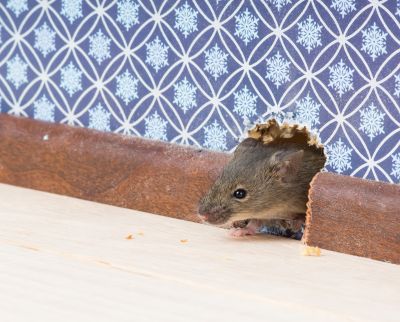
Gnaw marks and damaged materials are common signs of infestation.
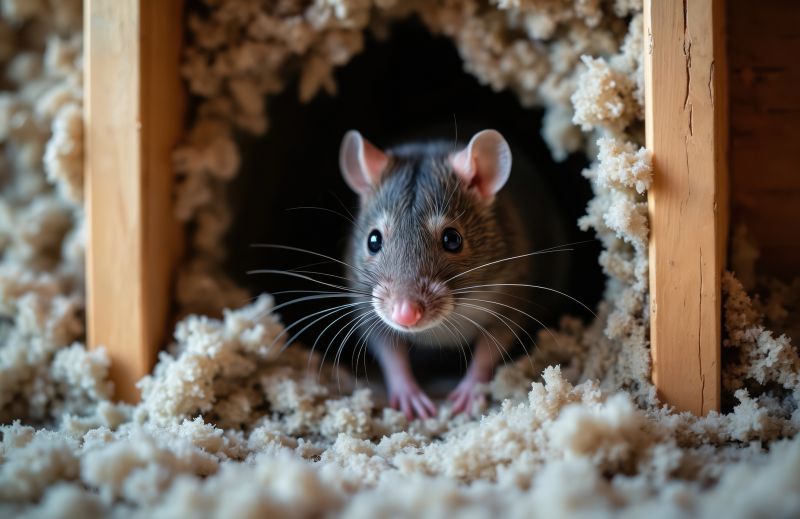
Mice often enter through small openings in walls and foundations.
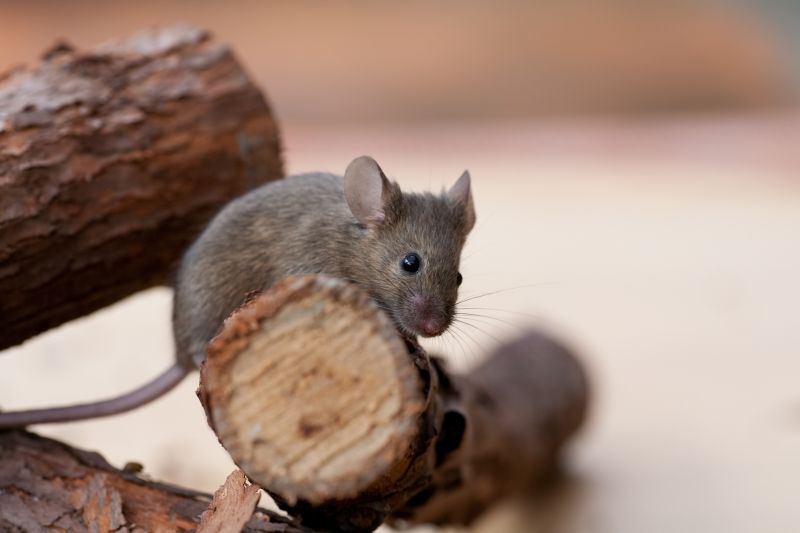
In spring, increased breeding leads to higher mouse populations.
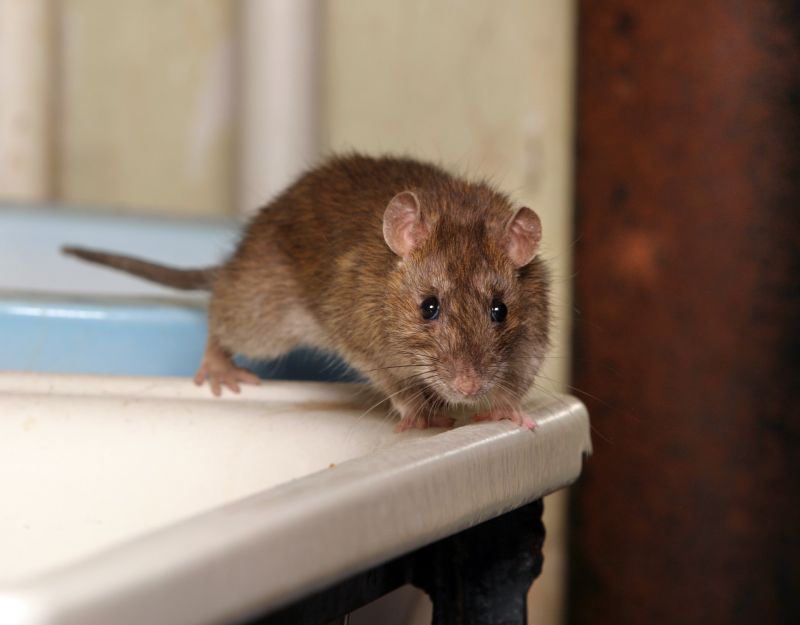
Mice seek indoor shelter during winter, increasing infestation risk.
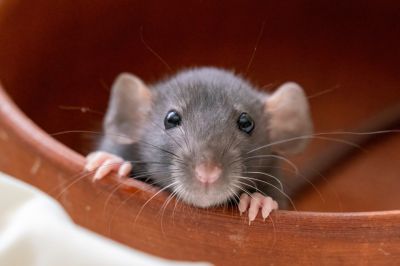
High-end options that actually feel worth it for Mouse Exterminations.
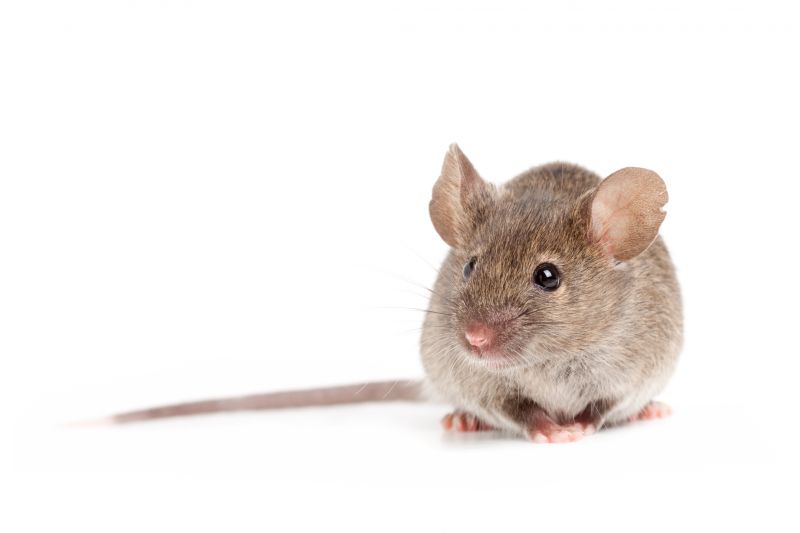
Finishes and colors that play nicely with Mouse Exterminations.
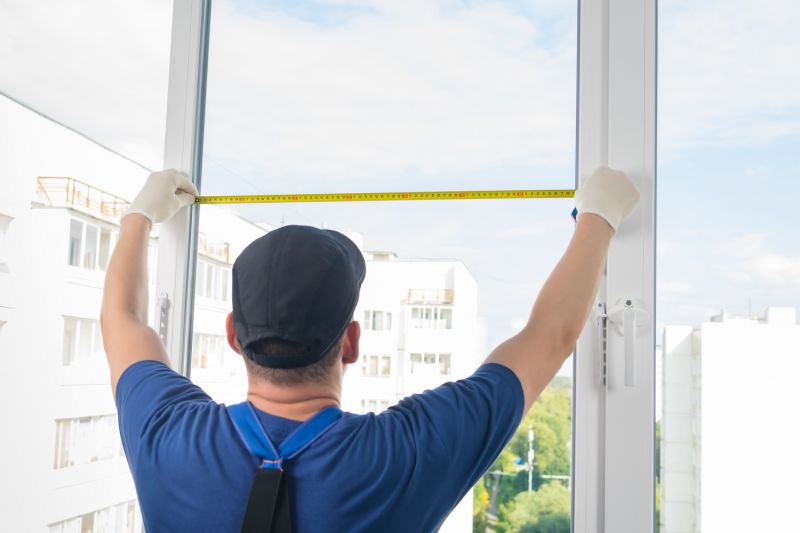
Little measurements that prevent headaches on Mouse Exterminations day.

A 60-second routine that keeps Mouse Exterminations looking new.
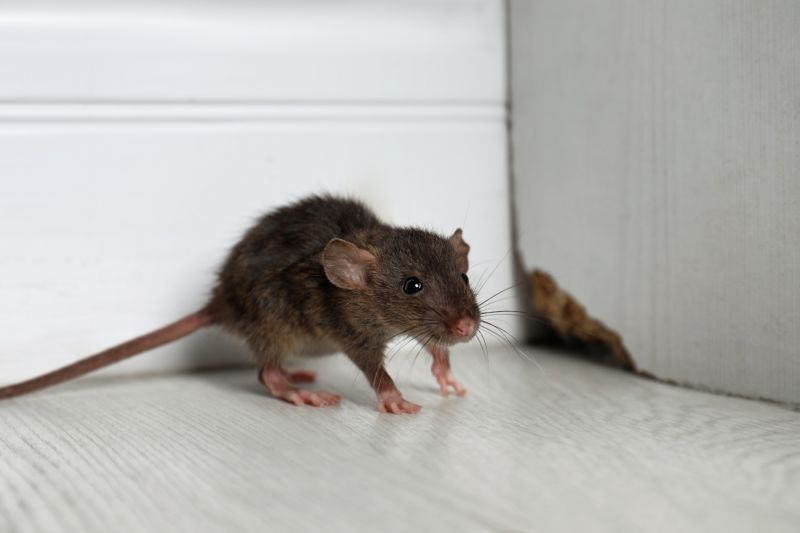
A frequent mistake in Mouse Exterminations and how to dodge it.
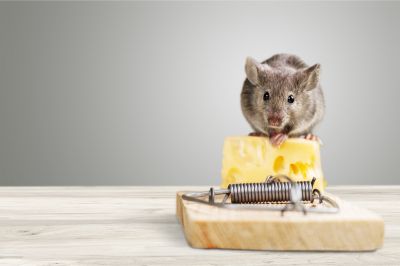
Small tweaks to make Mouse Exterminations safer and easier to use.
Timely mouse extermination can prevent extensive damage and health risks associated with rodent infestations. Early intervention during peak activity periods ensures more efficient control. Regular inspections and sealing potential entry points are crucial steps in maintaining a rodent-free environment. If signs of mice are detected, prompt action can mitigate further issues and reduce long-term costs.
Interested in scheduling a mouse extermination? Fill out the contact form to get more information and assistance tailored to specific needs.
